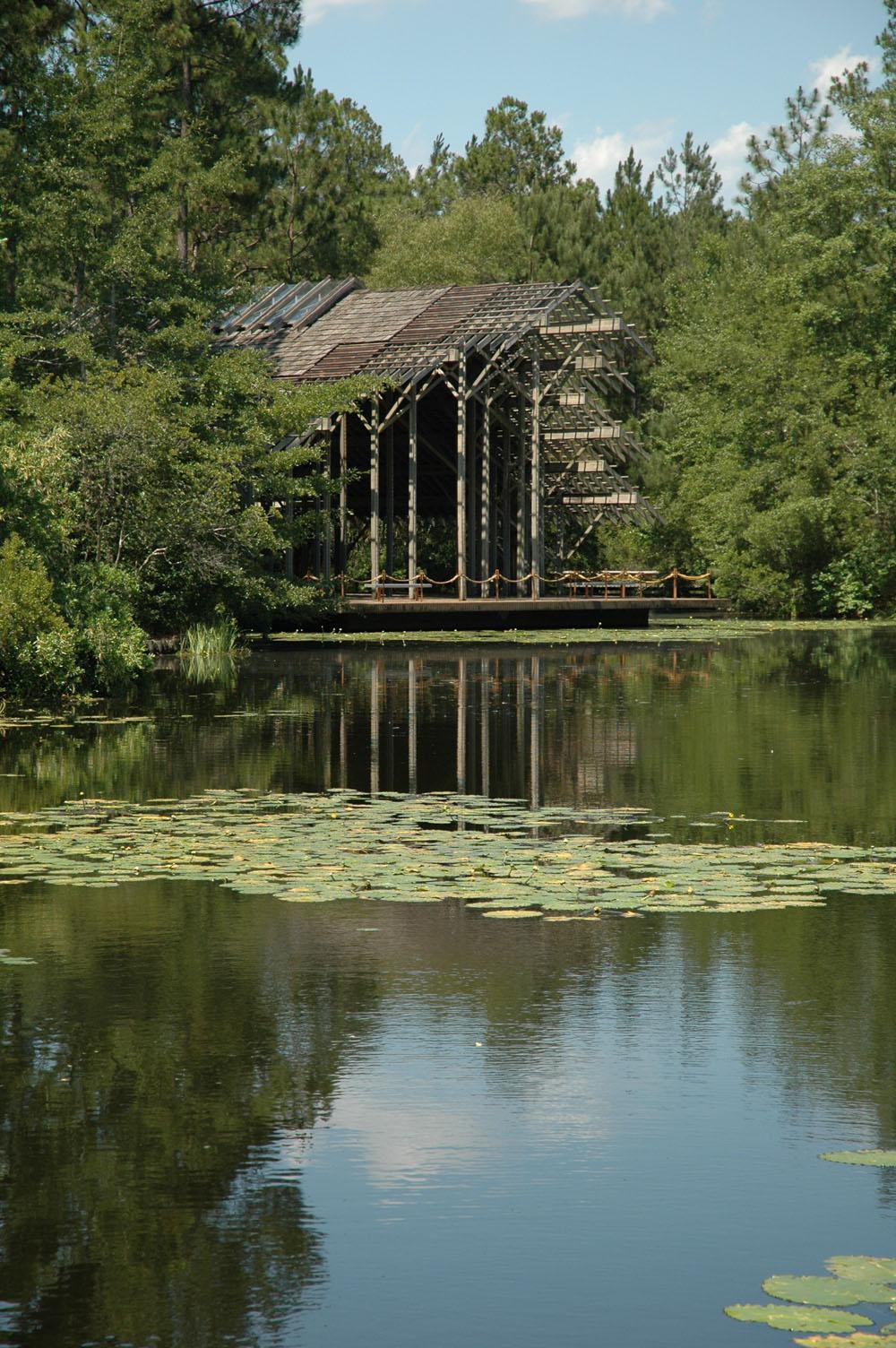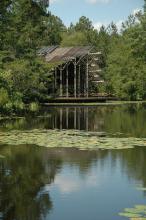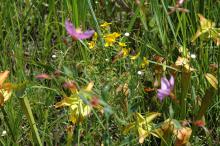Information Possibly Outdated
The information presented on this page was originally released on July 7, 2005. It may not be outdated, but please search our site for more current information. If you plan to quote or reference this information in a publication, please check with the Extension specialist or author before proceeding.
MSU Crosby Arboretum features natural beauty
MISSISSIPPI STATE -- Mississippi the way it was when European settlers arrived can only be experienced in a few places, and one is the Crosby Arboretum near Picayune.
Just a couple of minutes away from one of south Mississippi's busiest roadways, the arboretum was established in 1980 as a living memorial to timber pioneer and philanthropist L.O. Crosby Jr. It was donated to Mississippi State University by the Crosby Foundation in 1997 and is one of only about 30 public arboretums in the United States.
"The Crosby Arboretum is one of the most unique plant conservatories in the Southeast," said senior curator Melinda Lyman. "It allows us to explore native plant species and the ecosystems in which they thrive."
The 64-acre site adjacent to Interstate 59 south of Picayune serves as the focus of activities and development, but the arboretum also manages six additional sites collectively consisting of about 1,000 acres throughout the Pearl River Drainage Basin, which stretches from near Jackson through southeast Louisiana and southwest Mississippi to the Gulf of Mexico.
The arboretum hosts activities for the MSU Extension Service's Master Gardener program, as well as 4-H youth programs, various scouting events, and programs for children and adults almost every weekend.
The Picayune site, once a Depression-era strawberry farm, is open to the public from 9 a.m. to 5 p.m. Wednesday through Sunday. It is not, however, a run-of-the-mill flower garden.
More than 700 species of native trees and shrubs, as well as wildflowers and grasses thrive in the savannas, woodlands and aquatic displays. One of the most unusual wildflowers found at the arboretum is the pitcher plant, a carnivorous plant that traps and digests unsuspecting insects in its long, hollow leaf.
"Pitcher plants were once common from the Florida Panhandle to Louisiana, but today most of their habitat is being lost to urbanization," Lyman said.
Because it showcases native plants in their natural environment, the face of the arboretum changes throughout the year and will continue to change as the landscape matures.
"It's a more subtle design than most botanical gardens," said Lynn Gammill, a member of the Crosby board of directors and daughter of L.O. Crosby Jr. "There's also something new to see each season, especially in the fall since the landscape is maturing and adding more fall color."
A focal point at the arboretum is the award-winning Pinecote Pavilion, which serves as a starting point for tours, and a place for exhibits, performances and social gatherings. The pavilion has been designated a Mississippi landmark. The only other structure is the temporary building that houses staff offices, a meeting room and a gift shop.
Architect Tom Howorth of Oxford has drawn plans for a new visitor center that complements the natural surroundings.
"The new facility will help us be able to better accommodate the needs of the community and to conduct our outreach programs," Lyman said.
A campaign to raise funds for the new visitor center is under way. Anyone interested in learning more about the campaign or the activities at the Crosby Arboretum can contact Lyman at (601) 799-2311, extension 22, or by e-mail at mlyman@ext.msstate.edu.
Contact: Melinda Lyman, (601) 799-2322, ext 22





